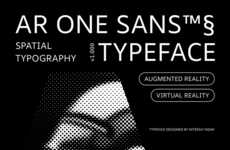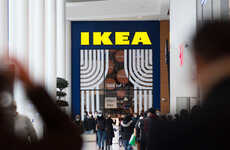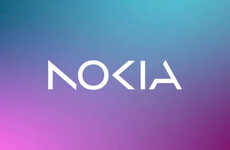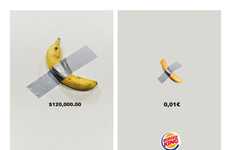
IKEA Switches Its Verdana Typeface to Noto to Adapt to Languages
The brand typeface is incredibly important for communicating a precise and design-minded visual identity to consumers. After a decade with the same font, IKEA announces that it will be switching to Noto — "a type designed by Google and Monotype back in October 2016."
The furniture megastore has been using Verdana until now, however, it desired something new and more accommodating to languages. Noto is the perfect candidate as it is able to support over 800 different languages, allowing IKEA to unify its identity and brand typeface across its international locations.
As this is an ambitious and sizable project, the move will be done in stages. IKEA is currently in the process of updating its labels across 422 stores worldwide. Next, the strategic brand typeface switch will be implemented in the logo, the website, catalogs, and so on.
The furniture megastore has been using Verdana until now, however, it desired something new and more accommodating to languages. Noto is the perfect candidate as it is able to support over 800 different languages, allowing IKEA to unify its identity and brand typeface across its international locations.
As this is an ambitious and sizable project, the move will be done in stages. IKEA is currently in the process of updating its labels across 422 stores worldwide. Next, the strategic brand typeface switch will be implemented in the logo, the website, catalogs, and so on.
Trend Themes
1. Multilingual Typography - The trend of using adaptable typefaces like Noto to support multiple languages presents opportunities to enhance brand communication and unify brand identity internationally.
2. Dynamic Typography - The shift from Verdana to Noto demonstrates the trend of brands adopting typefaces that can adapt and evolve, allowing for greater flexibility in design and expression.
3. Strategic Typeface Migration - The process of switching brand typefaces, as seen with IKEA, highlights the trend of companies undertaking large-scale rebranding efforts to refine their visual identities and connect with global audiences.
Industry Implications
1. Retail - The retail industry can leverage adaptable typefaces to create consistent and culturally resonant branding across diverse markets, enhancing customer experiences and increasing international appeal.
2. Design - The design industry can embrace the trend of dynamic typography to push the boundaries of creative expression and develop innovative visual communication strategies for clients worldwide.
3. Technology - The technology sector, including font developers and software companies, can explore the growing demand for multilingual typography solutions to create more inclusive and accessible digital experiences.
6.5
Score
Popularity
Activity
Freshness























